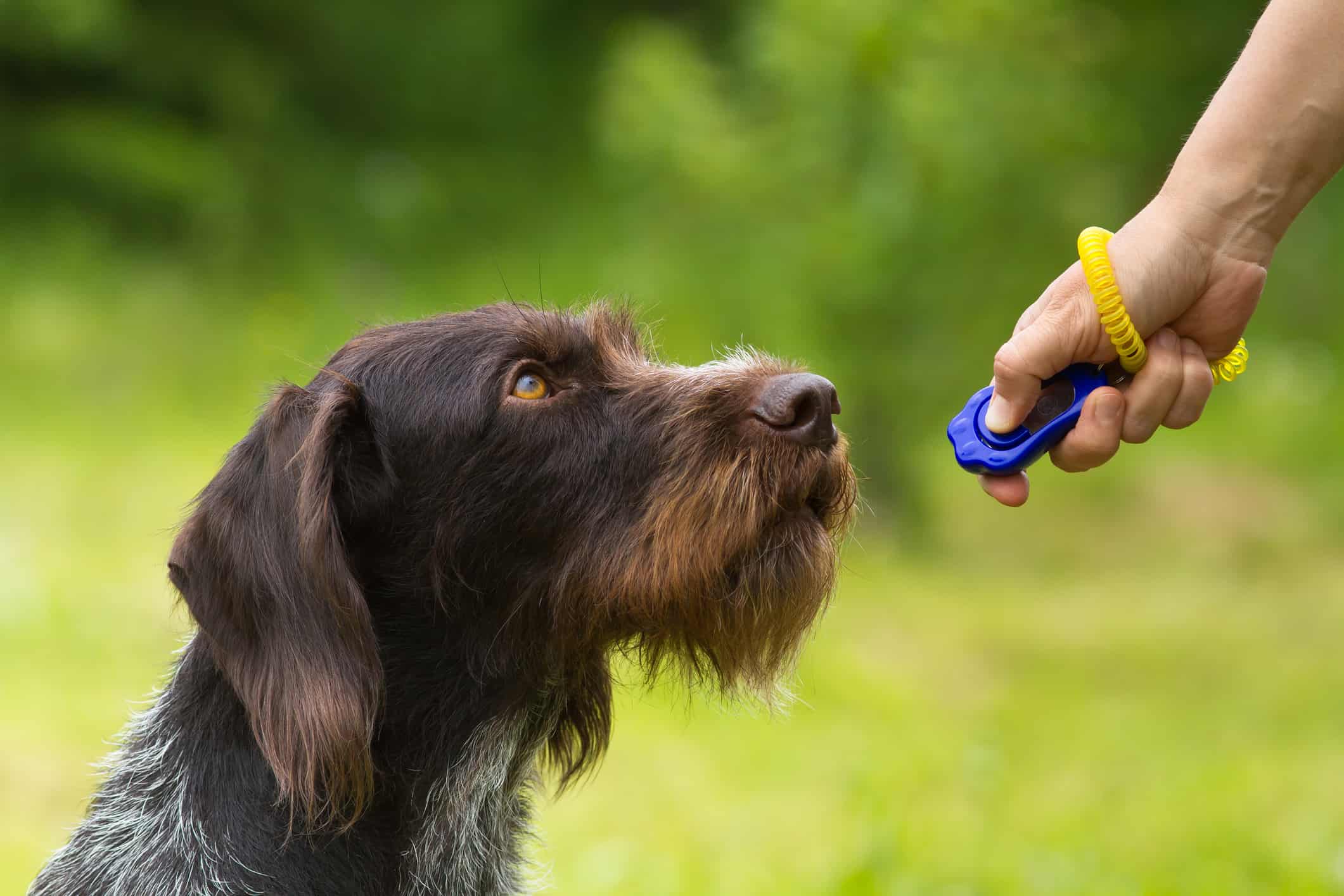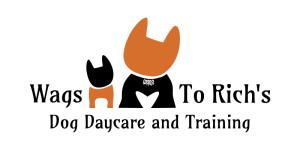What is Clicker Training?

Isn’t a treat or reward enough? A reward certainly helps, but the reason for the clicker is that it acts as a conditional reinforcer, similar to the idea behind Pavlov’s dogs where key events that the dogs came to associate with food caused them to salivate. The click becomes the key event in clicker training. Here’s the idea – as soon as the dog does what you want, you immediately click, and then reward it. The click becomes the conditional reinforcer and “marks” the behavior.
There is plenty of information out there to help you learn how to train using a clicker, but your best bet is to hook up with a trainer, as in me, to help you work out the behaviors and right timing for your dog.
For those of you who have worked with me before, you are very familiar with clicker training. But many people are not, so I thought it would be helpful to explain what it’s all about. Another term used synonymously with clicker is mark and reward training.

First, clicker training is positive reinforcement, or reward, training with the addition of a click sound. As soon as the dog does what you want, you immediately click and follow up with a reward. When you’re beginning clicker training, the more high-value the treat, the more your dog will want to perform your desired behavior. The concept of clicker training is based on proven animal science that rewarded behaviors are more likely to be repeated in the future. In other words, positive reinforcement is much more effective than constantly telling your dog what not to do.
The first thing you need to do is charge the clicker. Here’s how: Take your dog into a distraction-free area. Get a handful of yummy treats. Put the treats in one hand and the clicker in the other. Make sure your elbows are in at your sides and your dog is in front of you, sitting calmly. Click the clicker, move the hand with the treats towards him, and pop a treat in his mouth. Allow a short delay before popping the treat in his mouth. Repeat this 20 to 30 times, several times a day. NOTE: It’s important to always allow a short delay between the click and putting the treat in your dog’s mouth.
